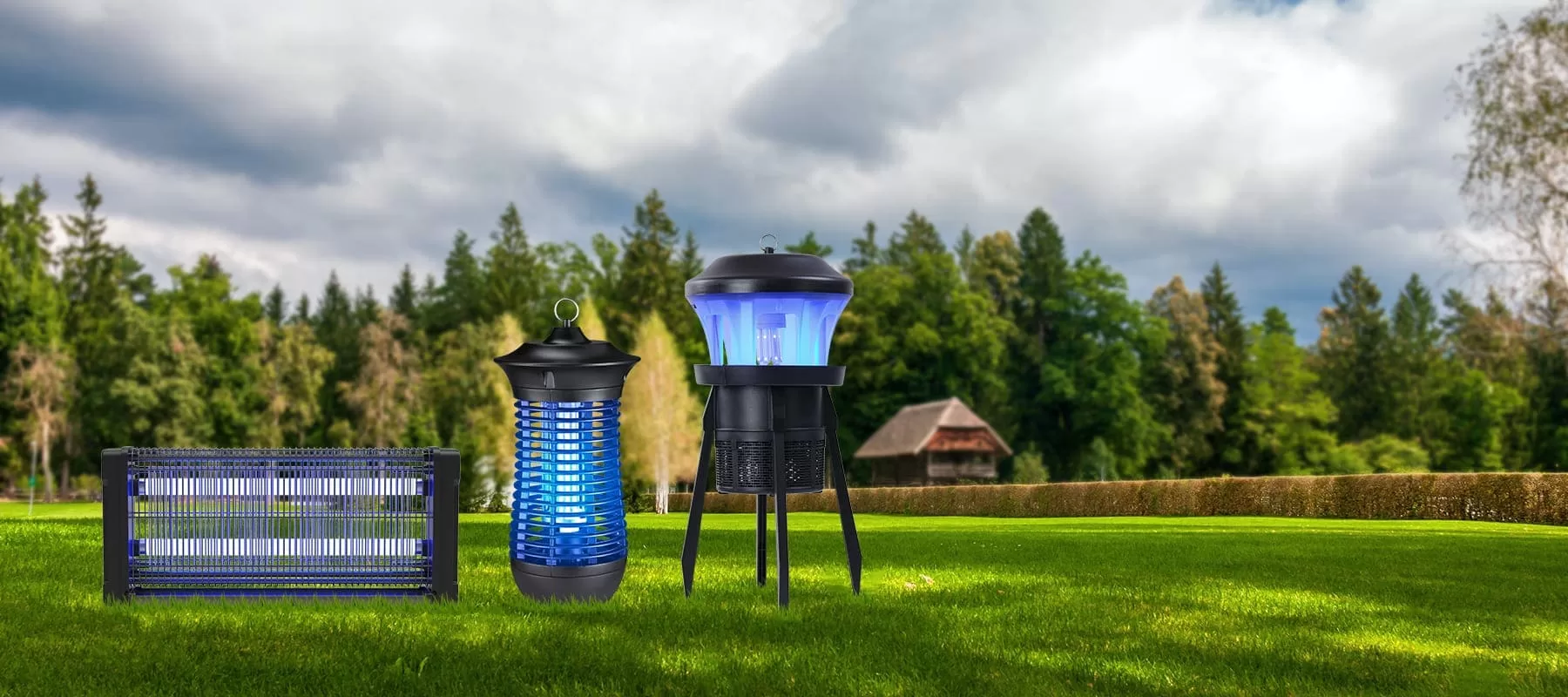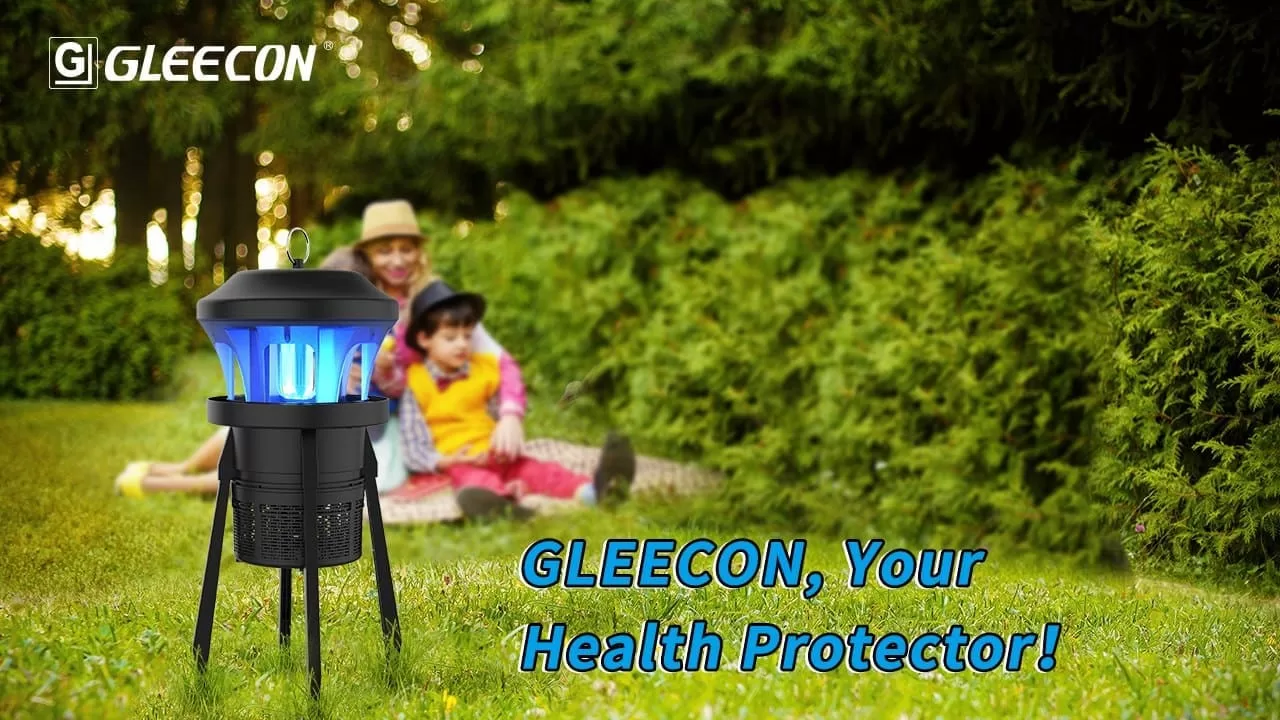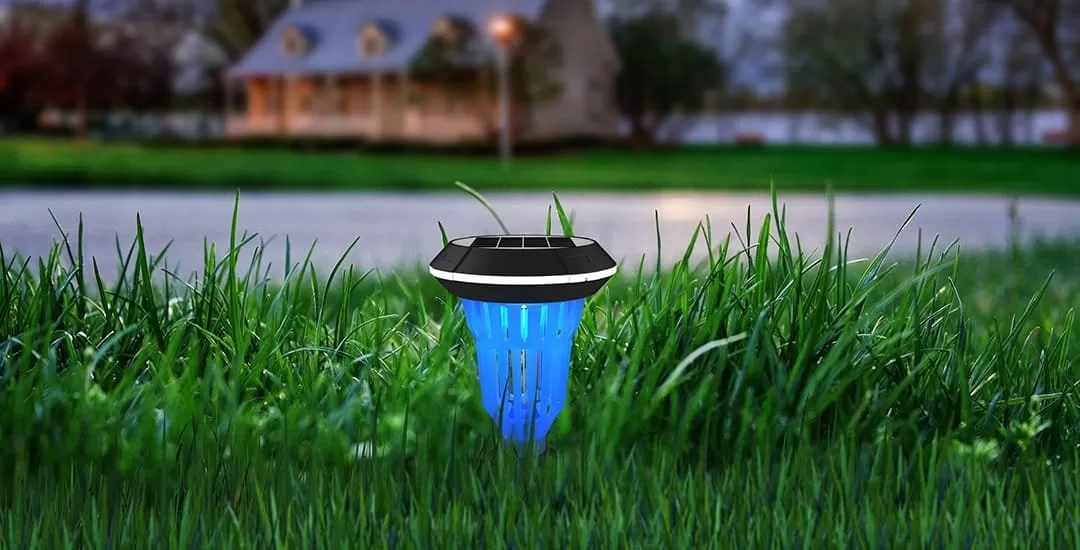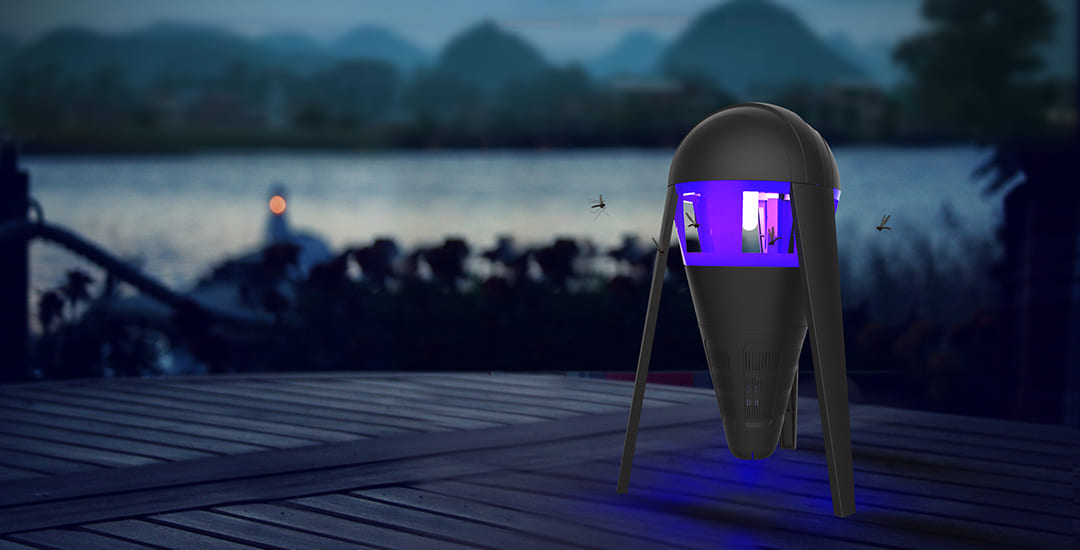Introduction
Electrical fly killers (EFKs) are powerful devices designed to eliminate flying insects, providing a hygienic and comfortable environment. To ensure that your EFK continues to perform at its best, regular maintenance is essential. In this blog, we will provide you with valuable tips and guidelines to help you maintain the longevity and efficiency of your electrical fly killer.

Tips for Longevity and Efficiency of Electrical Fly Killer:
- Regular Cleaning:
Cleaning the EFK on a routine basis is crucial for optimal performance. Follow these steps for effective cleaning:- Disconnect the EFK from the power source, wait for 2 minutes, and best to wear protective gloves.
- Carefully brush off any visible debris, such as dead insects or dust, from the electrical grid, taking care not to damage it.
- Use a handheld vacuum cleaner with a brush attachment to remove smaller debris and particles that are hard to reach.
- Wipe down the electrical grid with a mild detergent mixed with water, ensuring the cloth or sponge is only slightly damp, not dripping wet.
- Allow the grid to air dry completely before reassembling and reconnecting to the power source.
- Bulb Replacement:
The UV bulbs in EFKs are crucial for attracting flying insects. Over time, these bulbs may become less effective or burn out completely. Follow these guidelines for bulb replacement:- Check the manufacturer’s instructions for the recommended bulb replacement schedule.
- Replace the UV bulbs according to the recommended timeframe, typically every six to twelve months.
- Ensure you choose the correct wattage and size of the replacement bulbs.
- Switch off the power and allow the existing bulbs to cool before replacing them.
- Carefully insert the new bulbs, following the manufacturer’s instructions.
- Turn on the power to verify that the new bulbs are functioning correctly.
- Proper Placement:
Where you position your EFK can significantly impact its efficiency. Consider the following placement tips:- Place the EFK away from direct airflow, as this can disturb the flight pattern of insects.
- Avoid positioning the unit near doorways or windows, as insects may be drawn closer to these entry points.
- Situate the EFK closer to areas where you typically encounter flying insects, such as garbage storage or food preparation areas.
- Insect activity will be higher at night. For best results, place unit away from other competing light sources to ensure the catch rate.
- The unit should not be sited ether too high or too low in the area to be protected, with an optimum height of 1.5-2m.
- Regular Inspections:
Perform regular inspections to identify any signs of damage, loose connections, or wear and tear on your EFK. Promptly address any issues or seek professional assistance if necessary. Testing the electrical grid periodically using a voltage meter can verify its functionality. - Professional Servicing:
Consider scheduling periodic professional servicing and maintenance for your EFK. These experts can conduct thorough cleaning, inspection, and repairs, ensuring that the device functions optimally.
Conclusion
Maintaining your electrical fly killer is vital for its longevity and efficient performance. By following proper cleaning procedures, replacing UV bulbs on time, placing the device strategically, conducting regular inspections, and seeking professional servicing when required, you can ensure that your EFK remains highly effective in eliminating flying insects. Dedicate the necessary time and effort to maintain your electrical fly killer, and enjoy a hygienic and comfortable environment free from flying pests.








